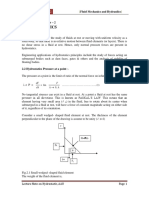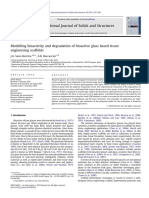0% found this document useful (0 votes)
11 views9 pagesUnit 3 Python Class 11 Ai Subject
Uploaded by
mnot4470Copyright
© © All Rights Reserved
We take content rights seriously. If you suspect this is your content, claim it here.
Available Formats
Download as DOCX, PDF, TXT or read online on Scribd
0% found this document useful (0 votes)
11 views9 pagesUnit 3 Python Class 11 Ai Subject
Uploaded by
mnot4470Copyright
© © All Rights Reserved
We take content rights seriously. If you suspect this is your content, claim it here.
Available Formats
Download as DOCX, PDF, TXT or read online on Scribd
/ 9




















































































